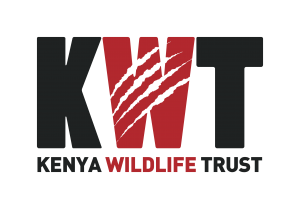Currently housed by KWT, The One Mara Research Hub is a new initiative that seeks to drive ‘collective impact’ among the key network of stakeholders in the GreaterMara Ecosystem.
One Mara Research Hub
In 2019, the One Mara Research Hub held two consultative meetings that brought together the stakeholders.
Fencing in the Mara: A meeting of minds. In June, the Hub hosted 61 researchers and conservationists from 29 institutions, representing eight countries with an interest in the increased fencing across the Mara. The drivers and resulting impacts of fencing in the Mara were discussed in length and at the end, there was a proposal for the development of a policy brief providing recommendations on how to address the negative impacts of fencing on the ecosystem.
Spatial Planning in Narok. In November, the Research Hub hosted a researchers’ workshop which brought together representatives from the county and national government, key researchers, and community members. The workshop participants agreed to share datasets as well as support the technical team working on the Narok County Spatial Plan. A County Spatial Plan in a 10-year land-use plan that is legally binding and can prove to be a critical tool towards enhanced conservation and environmental protection. The researcher’s workshop was followed by a stakeholder engagement meeting which brought together 30 participants from 20 organizations. The aim of the stakeholder engagement meeting was to gather views on the best interventions for the conservation of the GME as relates to land-use planning as well as to build awareness of the Hub and its activities in the ecosystem.






